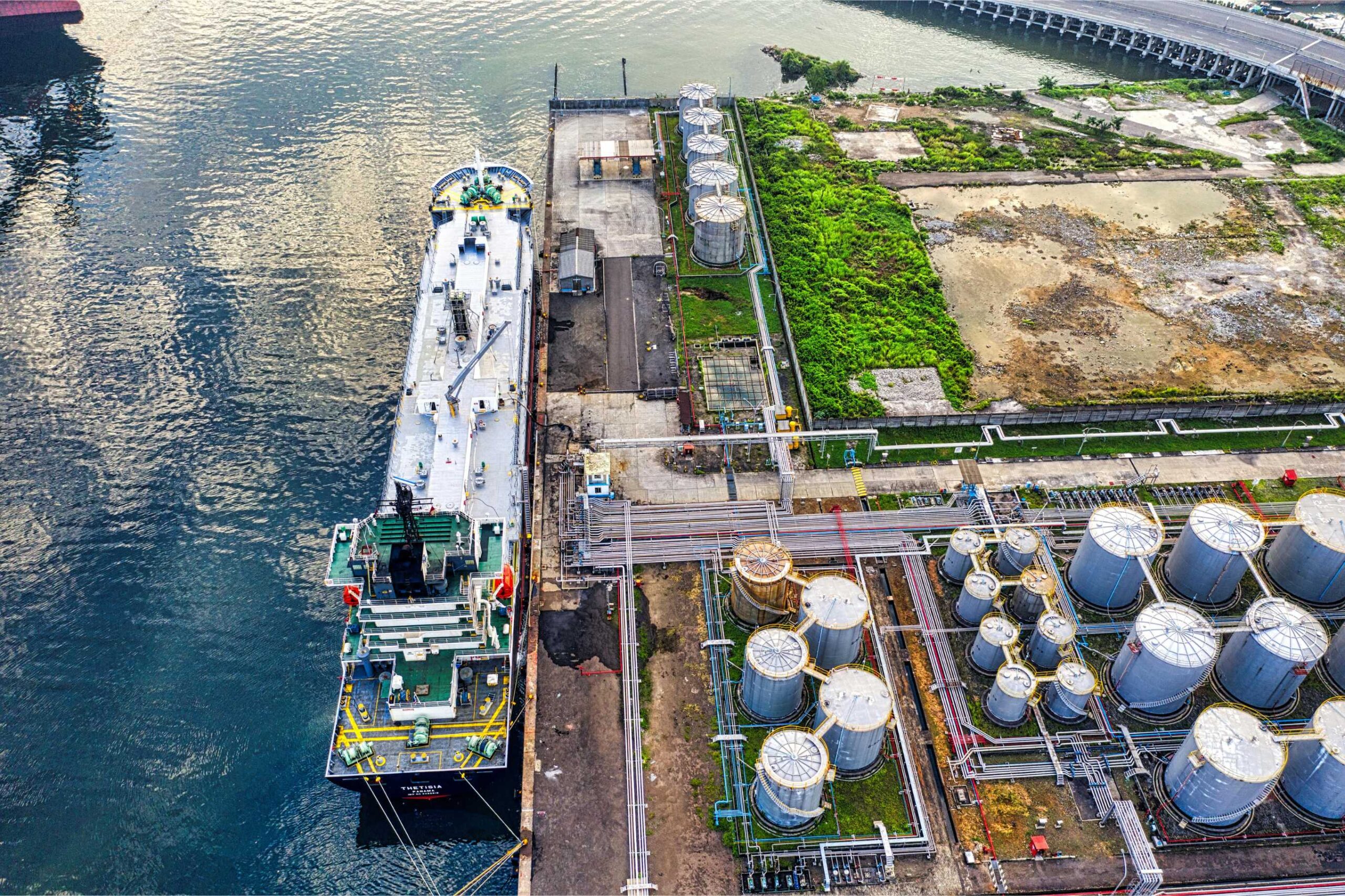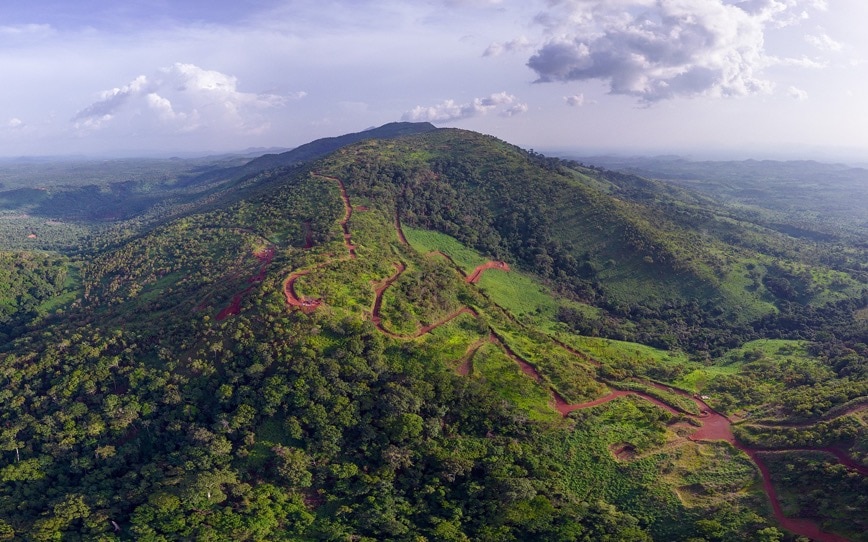Beyond Zero Emissions (BZE) has developed the “Million Jobs Plan” as a result of COVID-19 with the aim to soften the economic downturn and unemployment rate resulting from the pandemic. BZE’s goal is to open a wide range of job opportunities to a variety of people with different skills in the hope that the jobs will stimulate economic growth to save Australia’s economy. The full consequences of the pandemic are yet to present themselves. Many economists and professionals believe that up to a million people in Australia alone will be made redundant as thousands of Australian businesses struggle, especially when the Australian Government JobSeeker payments are stopped. The more specifically 1.8 “Million Jobs Plan” hopes to boost not only job numbers but also hopes to give the renewable revolution a boost, with most of the jobs opening in the energy, transport and resource industries.
Almost 1.4 million jobs are opening in “Renewable Energy + Transmission”, 940k jobs in retrofitting and new “green” buildings, as well as a further 140k jobs in electrical transportation industry. Other industries include the clean manufacturing + mining sector, land regeneration and waste recycling jobs, all of which collectively will contribute an additional 500k jobs to the Australian workforce. There will also be 10 000 new jobs in training, education and research in affordable, reliable and clean energy, to reduce the cost of living and strengthen regional communities. These job opportunities are all planned to be open and ready within the next 5-year period. The full extent of the COVID-19 pandemic may take years to be realised, the full impact it will have on the economy and the psychological toll on many Australians is unknown. This is why it is critical that this plan is introduced as soon as possible.
Mining and Manufacturing
The BZE plan is focussing on creating new jobs in the following areas within the mining and manufacturing:
- Electrical industry – by transforming the existing manufacturing sector to operate on renewable energy.
- Energy Exports – expanding energy intensive production of hydrogen, ammonia, steel, aluminium and other metals used in the renewable energy sector.
- Decarbonisation – making equipment for the Australian and global transition to a zero carbon economy, such as wind turbines, batteries and electric buses.
When it comes to the Australian economy, the manufacturing industry plays a fundamental role in its stability. The industry is a major driver not only in innovation, but also productivity growth and high quality jobs. What makes this industry unique is its ability to create jobs indirectly, due to manufacturers’ reliance on extensive supply chains. This is what assists in stabilising the local and national economy so efficiently. What the Australian government and public have been reminded during the pandemic is that Australia’s domestic manufacturing capacity is a critical component of our nations resilience. It is important for Australia to refocus to Australia’s needs, and less on the imports of foreign manufacturing and materials. Through this BZE Plan it is hoped that many more employment opportunities will be created in the manufacturing, energy and resource industry, such as to create products that will assist in the progression of the incoming renewable revolution. Some of these technological improvements include the improvement of efficiency in current renewable tech, such as solar cell tech, wind and water tech. Other examples include energy efficient buildings, heat pumps, insulation and glazing. Each niche part of this industry has a wide range of Australian manufacturing companies which will be supported by the BZE plan.
Are environmental regulations, health and safety concerns or potential profit loss a concern right now?
At this point the spotlight is on the Australian government as the industries are expecting a response and support to the million jobs plan. What is needed is a national industrial strategy to promote the growth in Australia’s low carbon manufacturing to reduce industrial emission to zero to pave a path for the renewable industry to expand. There must be a shift of energy reliance from coal generated to renewable energy. However, what is missing is the policy infrastructure that will allow this transition to occur smoothly.
Electrical Industry

Compared to other countries around the world, currently, Australian manufacturing is inefficient, the main issue being heating. Electrical heating technologies have recently been fast tracked for R&D to find high-energy efficiency methods of producing half the amount of heat energy required for industrial processing. If these efficient technologies are coupled with renewable energy technology the energy generated can cover operation energy requirements. Today, the manufacturing industry consumes 8% of Australia’s total gas emissions.
By adopting renewable energy this number would drop to 0. This would likely lead to an increase in the number of consumers and business opportunities as society is becoming more carbon conscious. Electric technologies must compete with the existing infrastructure that has been framed for the fossil fuel dependent manufacturing processes. These traditional ways of processing are well understood by manufacturers, and supported by supply chains, equipment suppliers and technicians. It will take time for the industry to adjust to the renewable energy take over.
Renewable Hydrogen
“Heavy duty transport, ammonia and steel production are three key sectors where renewable hydrogen could replace fossil fuels” claims the BZE report. These projects alone would create approximately 1500 new jobs within the next five years, providing the foundations for a much larger industry. There are resource companies that have very recently taken on the challenge of supporting this move towards green energy, and the exploration of the resources needed to support the industries growth. BHP Nickel West has shortlisted ARENA (Australian Renewable Energy Agency) for $70 million in funding for hydrogen products. The funding is hoped to support commercial scale deployment of renewable hydrogen in Australia, and increase employment in regional areas around Australia. In total the project is currently valued at $500 million. The project will also involve the deployment of a 10-megawatt electrolyser to cover transport, gas injection, renewable ammonia projection, power and industrial usage.
In 2019, the state and federal government approved the National Hydrogen Strategy, which outlines a plan towards commercial production and distribution of hydrogen. However, this government document does not present a clear path to achieving their hydrogen goals. What is currently needed is a domestic demand for the product. The most promising demand sources are:
Heavy Duty Transport – current battery technology is not the most efficient option for heavy trucks for mining and long haul freight. However, hydrogen powered trucks can fulfil these functions. To breakeven the cost to run trucks is $3.50/kg of Hydrogen, which is already achievable in Australia.
Ammonia- is the largest consumer of hydrogen, through the extraction of hydrogen from natural gas to make fertiliser. The break-even cost is $2.50/kg of Hydrogen. It has been projected that this will become achievable within five years and could fall to $1.50/kg by 2030. Queensland has already announced plans of producing 20 000 tonnes of green ammonia at its facility near Rockhampton.
Zero Emission Steel- Most steel in Australian is made utilising coal, and its production is responsible for approximately 7% of the total global greenhouse gas emissions. Direct Reduction is a method of producing steel by using natural gas, and can be adapted to run on hydrogen. This is only a short step away from zero emission iron being converted into cero emissions steel through an electric arc furnace powered by renewable energy. The financial predictions from analysts showed that the “Green Steel” industry would be worth approximately A$65 million, which is equivalent to only a fraction less of today’s total value of Australia’s coal exports. This industry alone would create approximately 25 000 manufacturing jobs. The Million Jobs Plan propose that Australia completes two integrated steel works within the next 5 years with both plants becoming operational by the 5th year, which would bring approximately 1500 industry jobs.
These three sectors alone have the potential to utilise millions of tonnes of renewable hydrogen. This would be more than enough demand to justify investment for the implementation of infrastructure to increase supply. This would increase the amount of jobs available for Australians in the resource industry. Hydrogen is clean and versatile. It’s chemical properties allows it to have 0 carbon emissions, and ARENA has estimated that the global future market for Hydrogen as an energy source could be worth up to A$300 Billion by 2040. The potential market for this energy source is very promising. Many countries such as Germany, Japan, China and South Korea have centred hydrogen as a major component to decarbonise their economy.
A step in the right direction
It is clear that there are two main goals from the BZE Million Job plan. The first is to re-employ the Australian public that have lost their jobs within critical industries. The second is to boost the renewable energy revolution to increase the demand for resources that are keeping our domestic workers employed. What results from this is a delicate balance between that may possibly help Australia ride the storm that is COVID-19. This does not assume that it is the sole solution, however, it is a step in the right direction.
Your feedback is important to us. If you enjoyed reading this Global Road Technology industry update and found it informative, please let us know by leaving a REVIEW.
References
- https://www.australianmining.com.au/news/bhp-nickel-west-makes-move-towards-renewable-energy/
- https://bze.org.au/the-million-jobs-plan/
- https://bze.org.au/wp-content/uploads/Million_Jobs_Plan_Briefing_Paper_1_Renewable_Energy.pdf
- https://bze.org.au/wp-content/uploads/Million-Jobs-Plan-Buildings-Briefing-Paper-2-Better-Buildings.pdf
- https://bze.org.au/
- https://bze.org.au/media-releases/one-million-jobs-ready-willing-and-able/
Troy Adams
Troy Adams is the Managing Director of Global Road Technology (GRT) Specialising in Engineered Solutions for Dust Suppression, Erosion Control, Soil Stabilisation and Water Management. A pioneering, socially conscious Australian entrepreneur, Troy Adams is passionate about health and safety and providing innovative solutions that are cost-effective to the mining industry, governments and infrastructure sectors. Troy is also a tech investor, director of companies like Crossware, Boost, Hakkasan, Novikov and more.
MORE INDUSTRY ARTICLES
April 19, 2024
LNG: What is it, and why does it Matter?
April 17, 2024

